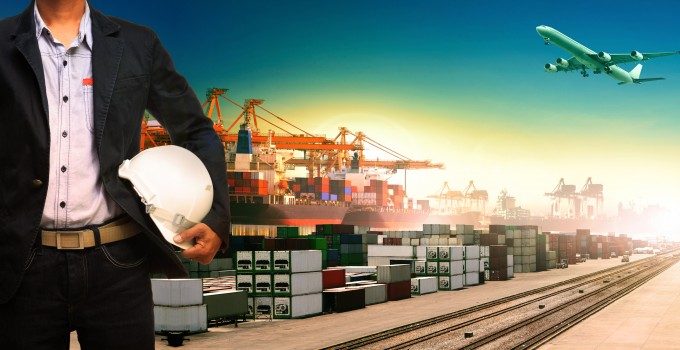FedEx to ground aircraft after weak market forces profit warning
Logistics stocks faced a battering after FedEx withdrew its forecast, following an “earnings miss of ...

A new approach is needed to reduce the enormous costs involved in moving empty containers around the world to match box demand with supply, delegates at the intermodal Europe conference in Hamburg were told this week.
A typical mid-sized ocean carrier will pay up to $500m ...
MSC switches two more Asia-Europe port calls from congested Antwerp
Front-loading frenzy has made traditional H2 peak season 'unlikely'
Canada and Mexico get cosy with trade plan to bypass US
Tradelanes: Export boom in Indian sub-continent triggers rise in airfreight rates
Carriers introduce surcharges as congestion builds at African ports
Mexican airport modernisation plan unlikely to boost cargo facilities
Ports and supply chain operators weigh in on funding for CPB
Tradelanes: Overcapacity on Asia-S America impacting alliances and rates

Comment on this article
Jon
November 19, 2015 at 8:54 pmDo the consultants understand deadweight factor. You can fill a vessel to slot capacity with import cargo because the weight is generally not an issue when shipping finished product. The equipment cubes out in most cases before it will weigh out. The return leg from U.S. as example is scrap, paper and chemicals (we refer to as “rocks and trees”). These cargoes alway weigh out the vessels making it impossible to fill the ship by teu allocation. That’s why we load empties back in those slots to fill the allocation we are paying for. If not we end up with a mountain of empties, excessive storage and a shortage of empties at the mfg locations. Also due to the nature and pattern of the cargo, inland empties will always be required to move to the ports, and that is where positioning cost will remain.
John Roberts
November 20, 2015 at 2:40 pmSomeone needs to invent collapsible containers so several folded up empties can be shipped back in one normal container.
I might do this at the weekend.